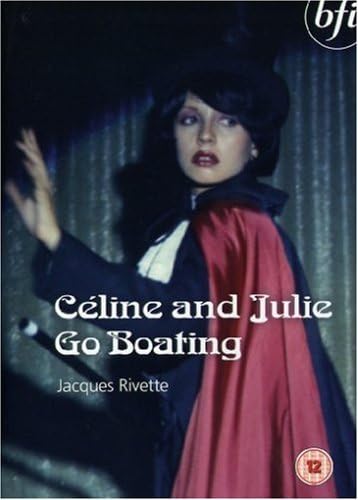fact

The Real Woman
And then I remembered an important event. It happened at a funeral in St. Paul’s chapel for a twenty-four-year-old prostitute who had overdosed in her Gastown hotel room. The small chapel was half full, and very quiet. There were a couple of fresh flower arrangements in front of the cheap, closed coffin. Most of the congregation were other prostitutes dressed in their working clothes, and a few pimps. One woman apologized to Brother Tim for having nothing black to wear, except for lingerie and a leather miniskirt.

The Main
Last summer, during a visit to Vancouver, my nine-year-old son climbed the pediment of a cast-iron traffic-light standard and put his palm on the glowing hand that warns pedestrians to stay put. My mother pointed out afterwards that my photograph of the event contained its own French caption, in the word visible over his shoulder: main.

Re-hanging the National Wallpaper
When I lived in Ottawa in the 1970s, I used to enjoy passing lazy afternoons at the National Gallery looking at the pictures. I remember how surprised I was when I first encountered the Group of Seven collection. These paintings were completely familiar—I’d seen them in schoolbooks and on calendars, posters, t-shirts, everywhere—yet at the same time they were completely unexpected.

Seize the Fire: Heroism, Duty, and the Battle of Trafalgar
October 21, 2005, marked the 200th anniversary of the great naval battle of Trafalgar, an engagement in which Admiral Nelson and the British fleet ended Napoleon’s dream of invading England by crushing the French and Spanish fleets off the southwest
.svg)
Chronicles of Dissent: Conversations with Noam Chomsky, 1984-1991
Months ago someone walked off with our review copy of that Noam Chomsky book that was on the bestseller list earlier this year: Chronicles of Dissent: Conversations with Noam Chomsky, 1984-1991 (New Star). Well, it finally came back, just in time for
.svg)
Canada’s House: Rideau Hall and the Invention of a Canadian Home
On the same day that a parliamentary committee scolded the governor general for profligate spending by slashing her annual budget by ten percent, a book that purports to give the full story about life at Rideau Hall arrived on my desk. Working on the
.svg)
Canadian Dreams: The Making and Marketing of Independent Films
Michael Posner's Canadian Dreams: The Making and Marketing of Independent Films (D&M) is a passionate and at times hair-raising account of what's right and what's wrong with Canadian moviemaking. Posner follows the making and marketing of ten very di


























































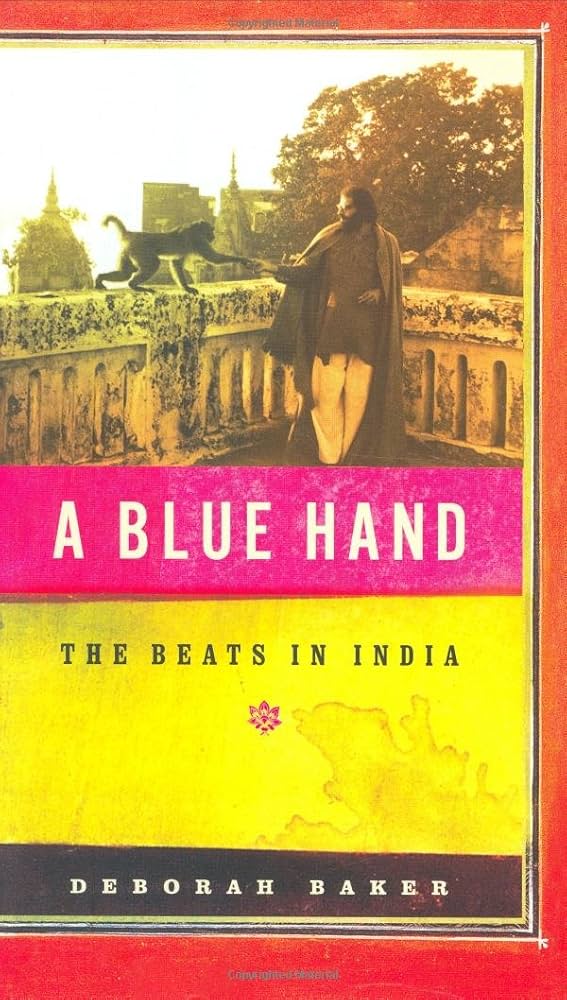
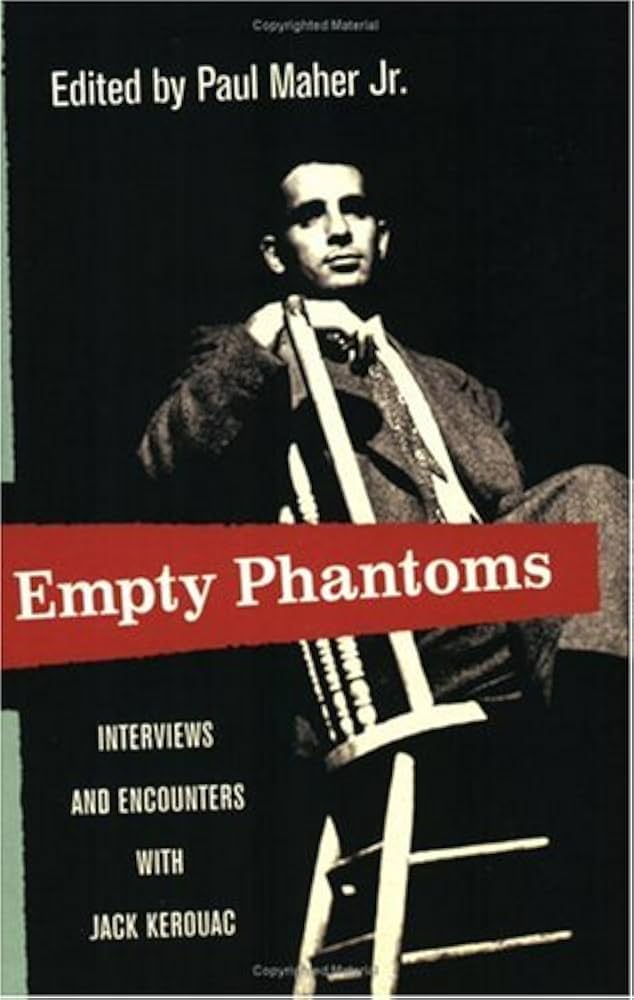




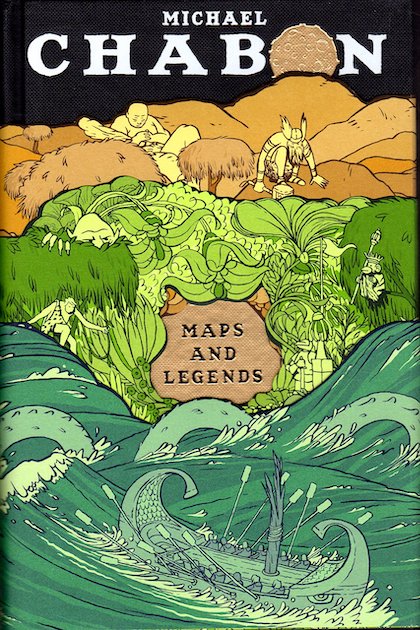
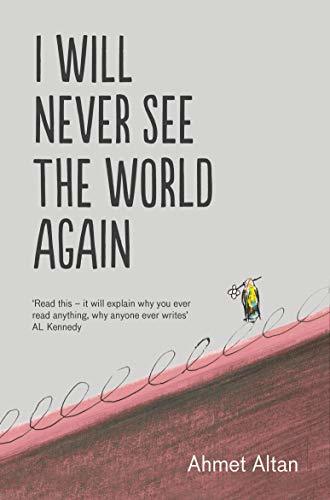
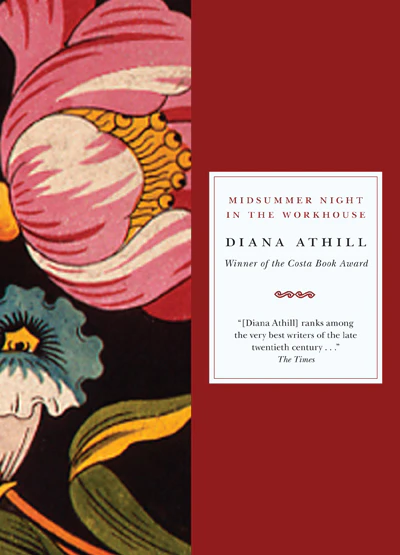
















.jpg)


